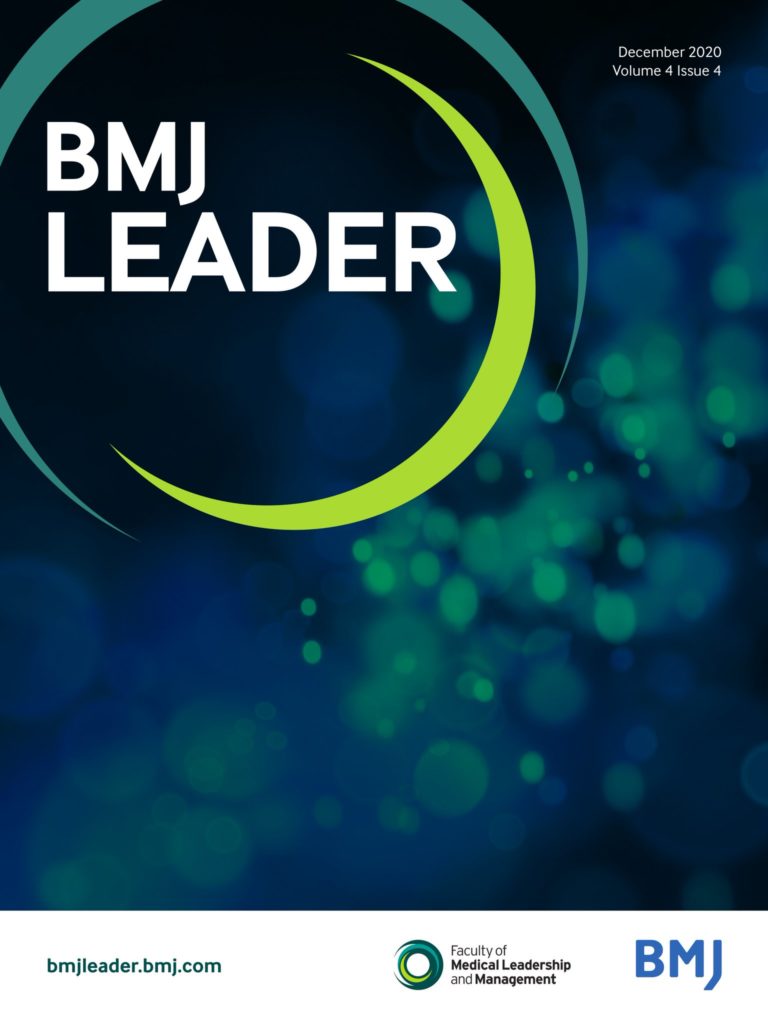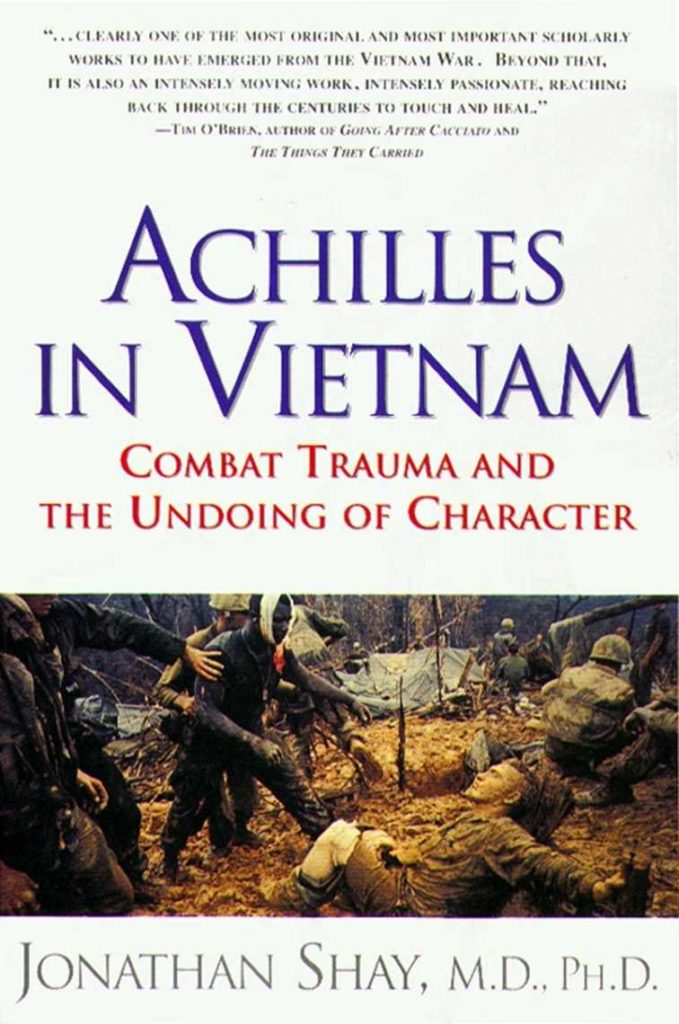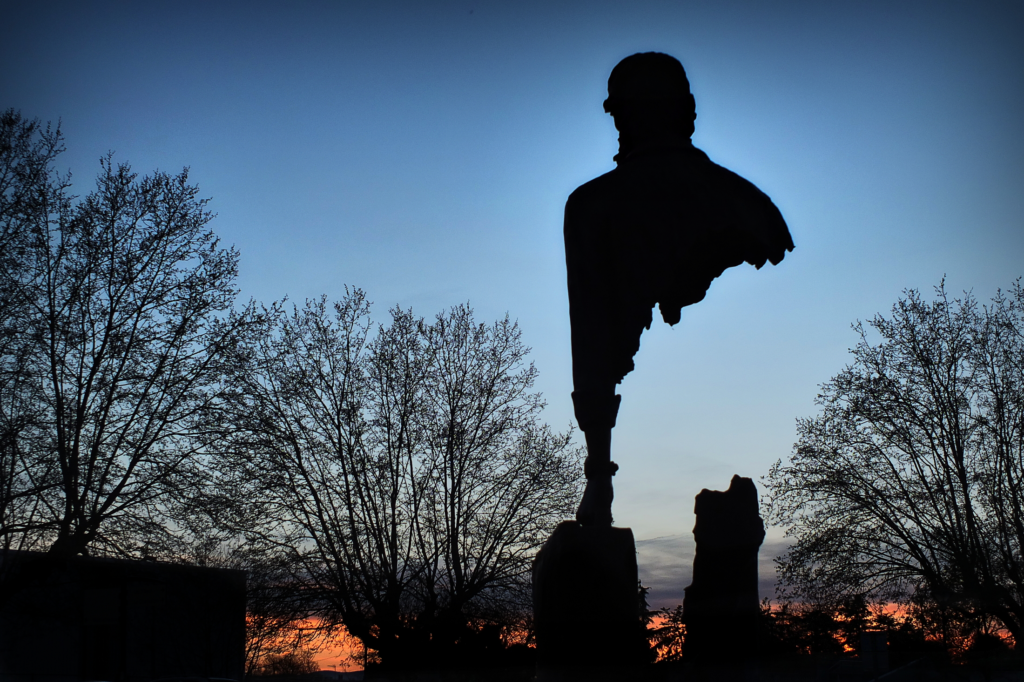Moral injury and COVID-19
My article ‘Moral injury and the COVID-19 pandemic: reframing what it is, who it affects and how care leaders can manage it’ was published by BMJ Leader in 2020.

BMJ Leader December 2020
This is a brief introduction to the full article, which is open access and can be read and downloaded free of charge from the British Medical Journal site https://bmjleader.bmj.com/content/4/4/224 (I am grateful to BMJ for making it open access)
The term ‘moral injury’ achieved widespread circulation among care professionals and scientists during the pandemic. It been influential in prompting care providers to think more about how they support the people who work in care settings. The idea of moral injury has also permeated public consciousness on both sides of the pond, as this article in The Atlantic indicates. And the extent of interest in the idea is reflected in the ‘altmetric’ data on my article, reporting that it has been read across the UK, USA, Australia, New Zealand, Ireland and countries in Africa.
The notion of moral injury that first came to the fore during the pandemic is one that some have labelled ‘occupational moral injury’. This arises during work such as armed combat, disaster management and emergency services response when people carry out, fail to prevent, or become aware of, human actions that violate deep moral commitments. The origin of the idea of occupational moral injury lies in work that psychiatrist Jonathan Shay did with Vietnam veterans who were struggling to cope with the aftermath of their war service.

Jonathan Shay’s seminal text
Shay wrote about this in a number of influential books and articles including Achilles in Vietnam (Simon and Schuster 2010). Shay’s short article ‘Moral injury’ was published in the journal Psychoanalytic Psychology and can be downloaded here
Occupational moral injury of the sort Shay first identified is, he argues, not the same as Post Traumatic Stress Disorder. It has a notably moral dimension to it, a sense that the moral world has been turned upside down. It is associated with psychological distress, and moral responses including guilt, anger and disgust.
In my article I draw attention to a broader notion of moral injury found in moral philosophy. In this version a moral wound can be experienced by anyone, not just people doing difficult work. It arises from sources that include injustice, cruelty, status degradation and profound breaches of moral expectations. The moral-philosophical version of moral injury associates it with moral and psychological anguish, and feelings such as bewilderment, a sense of betrayal, humiliation and resentment. According to this formulation of moral injury, it can affect patients, service users, families and loved ones as well as care staff and others.
In my piece in BMJ Leader I discuss how the murder of George Floyd in the US, and the behaviour of the UK Prime Minister’s close advisor Dominic Cummings, illustrate the ways moral injury has been experienced by members of the public and by public service professionals during the period of the pandemic.
Much has now been written about the murder of George Floyd and the world wide response, and I cannot begin to do justice to his legacy and the issue of structural racism here. But a part of the reaction to George Floyd’s death was the outrage that many experienced when their basic moral expectations with regard to police behaviour were violated. These expectations include that the police should use their powers proportionately, and act fairly towards citizens irrespective of race. The worldwide response to the brutality of Floyd’s treatment reflects a long standing moral-philosophical understanding of moral injury. The suffering that injustice and cruelty inflict on those affected, and the anger and sense of betrayal it provokes when injury is done by people or institutions we have to be able to trust, is central to this conception.
Closer to home, Dominic Cummings was widely perceived to have violated lockdown by driving from London to Durham when infected and then taking his family off on jaunt that made the town of Barnard Castle famous. News of his behaviour was met by an outpouring of anger and grief, as well as cynicism and well-aimed satire. It came from people not allowed to be with parents, children and partners when they died; unable to attend or invite people to funerals; not permitted to be present at births; unable to greet newborns, or visit to support new mothers. It was not just those directly affected who expressed outrage, but everyone who empathised with them and who had themselves followed the rules.
Preventing the spread of coronavirus needed millions of people to treat the good of strangers as more important than their own preferences, and in some cases even more important than obligations of love and care they felt they owed to those close to them. People who made this sacrifice can rightly claim it as a profoundly moral act, but it is not without cost. Being prevented from doing what we normally believe to be right, when deeply felt needs and obligations are calling us to do so, is morally injurious. For citizens, being prevented from meeting fundamental moral commitments associated with birth, love and death is akin to the moral injury experienced by care workers when they are unable to provide the care they believe they should.
Experiences of moral injury among the wider public, as well as staff, will call for attention from care leaders long after the pandemic surge. So how might care leaders and others best respond to this challenge? What aids moral repair? In the article I summarise approaches that may be supportive, drawing on both the psychological and moral philosophical literature. I have also discussed moral repair in my book and in this post. A useful resource has also been compiled on behalf of the UK Clinical Ethics Network, and can be found on their website. I have also discussed moral repair here

Photo of bronze sculpture by Bruno Catalano, taken by ‘Images Improbables’ (CC BY-NC-ND 2.0)
